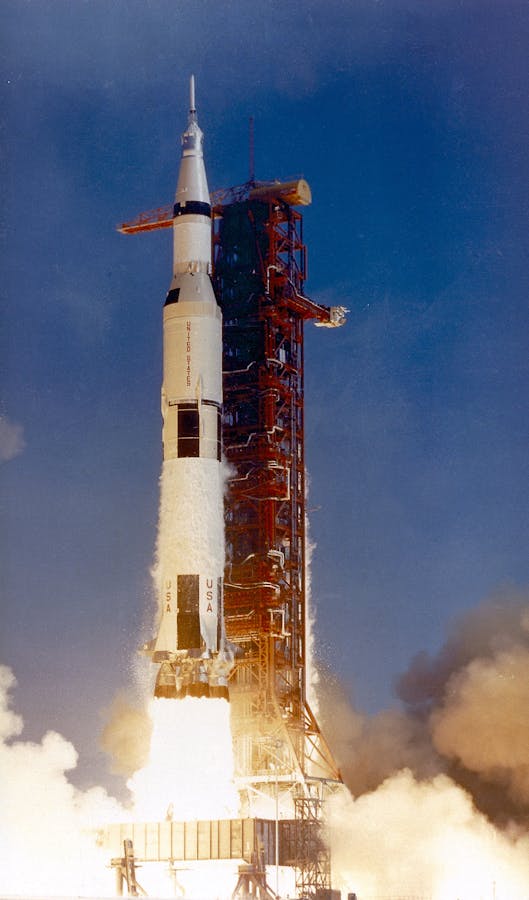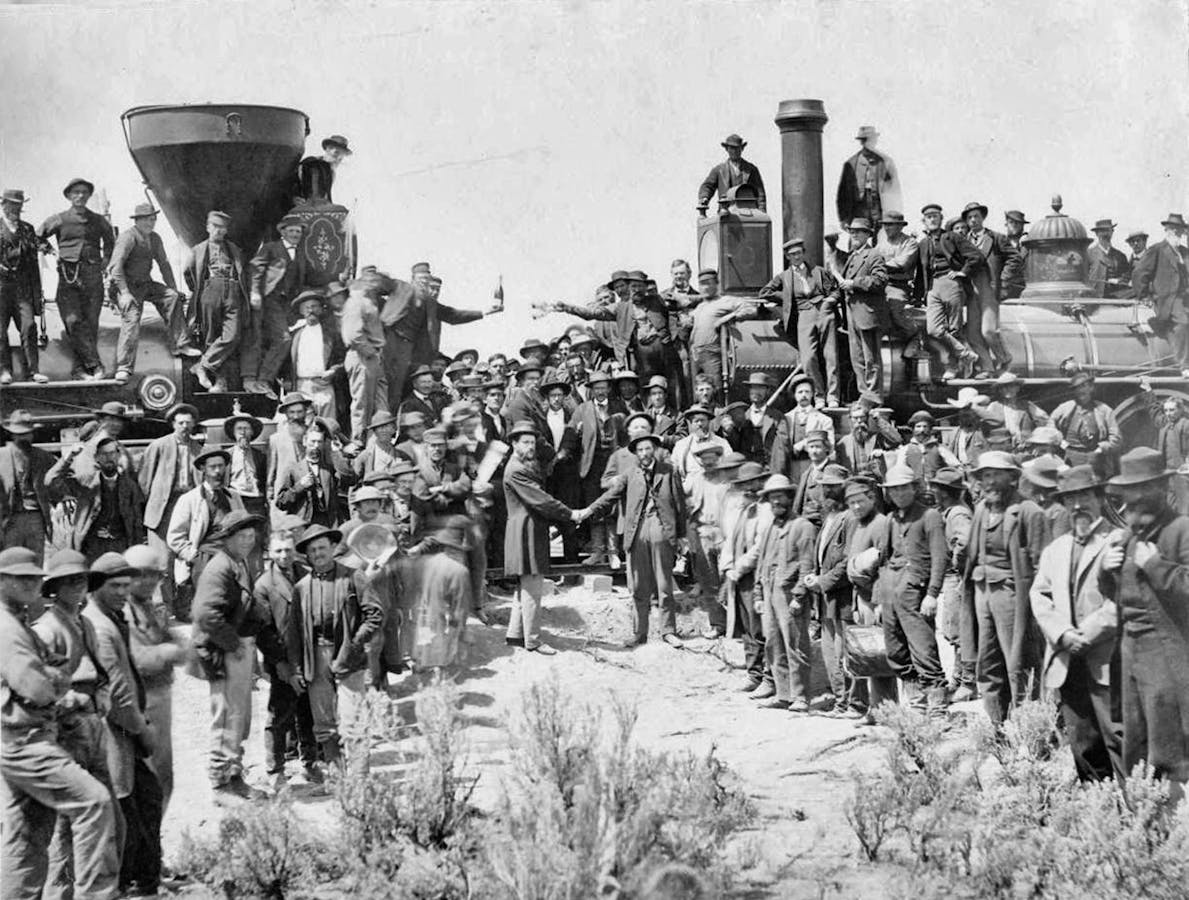Human beings are relentless explorers. Our drive to conquer the unknown is unique in the living world. For millennia, human ingenuity has allowed us to expand outward over vast continents, across blue oceans, into the clouds above, and among the stars.
The Bible has been deeply entangled with these endeavors at times, shaping the attitudes and expectations of explorers as they have ventured deep into the great unknown to scout new lands, chart new oceans, and discover new frontiers.
“[There are] two books or volumes to study, if we will be secured from error; first the scriptures, revealing the will of God, and then the creatures expressing his power; whereof the latter is a key unto the former.”
Francis Bacon, Advancement of Learning, 1605
Exploration requires bravery, skill, and often an intimate knowledge of nature and its changes. Navigators, for instance, have long used the stars to find their way. This ancient practice can even be found in the Bible. Scholars and seafarers from a variety of faith communities have made tremendous contributions that have allowed our maps to become more complete and our navigation tools to become more precise.
“Now after Jesus was born in Bethlehem of Judea in the days of Herod the king, behold, wise men from the east came to Jerusalem, saying, ‘Where is he who has been born king of the Jews? For we saw his star when it rose and have come to worship him.’”
Matthew 2:1–2
American engineer Theodore Judah ardently promoted and planned the transcontinental railroad that connected the east and west coasts of the United States. A Christian and the son of a minister, Judah did not live long enough to see the railroad completed. Despite being criticized as impractical and even impossible, the Union Pacific and Central Pacific Railroad companies finished on May 10, 1869, driving a ceremonial golden spike that read, “May God continue the unity of our country as this Railroad unites the two Great Oceans of the World.”
Dorothy Vaughan was an American mathematician, computer programmer, and the first African American manager at NASA. While overshadowed by her male colleagues at the time, her work shaped America’s early space program. She was an active member of the African Methodist Episcopal Church as well as the Women’s Missionary Society, along with several local church ministries in both congregations.
“We must abandon the view of ourselves as provincial limited victims of life, accidents of evolution, and start to view ourselves as limitless creatures of God, capable of exploring the vast reaches of space.”
Edgar Mitchell, Lunar Module Pilot, Apollo 14, 2006
Apollo 11 was not the first time the Bible was read in space. On December 24, 1968, the crew of Apollo 8 became the first humans to orbit the moon. Since it was Christmas Eve, Commander Frank Borman, an Episcopal lay reader, proposed reading the opening lines of Genesis as the historical event was broadcast live on television back on Earth.
Astronaut Gene Cernan later stated that “it made us feel as though we were all present at the creation of a new age.” Walter Cronkite stated, “By the time Borman had finished reading that excerpt from the Bible, I admit that I had tears in my eyes. It was really impressive and just the right thing to do at the moment.”
Exploration requires bravery, skill, and often an intimate knowledge of nature and its changes. Navigators, for instance, have long used the stars to find their way. This ancient practice can even be found in the Bible. Scholars and seafarers from a variety of faith communities have made tremendous contributions that have allowed our maps to become more complete and our navigation tools to become more precise.
“Now after Jesus was born in Bethlehem of Judea in the days of Herod the king, behold, wise men from the east came to Jerusalem, saying, ‘Where is he who has been born king of the Jews? For we saw his star when it rose and have come to worship him.’”
Matthew 2:1–2
American engineer Theodore Judah ardently promoted and planned the transcontinental railroad that connected the east and west coasts of the United States. A Christian and the son of a minister, Judah did not live long enough to see the railroad completed. Despite being criticized as impractical and even impossible, the Union Pacific and Central Pacific Railroad companies finished on May 10, 1869, driving a ceremonial golden spike that read, “May God continue the unity of our country as this Railroad unites the two Great Oceans of the World.”
Dorothy Vaughan was an American mathematician, computer programmer, and the first African American manager at NASA. While overshadowed by her male colleagues at the time, her work shaped America’s early space program. She was an active member of the African Methodist Episcopal Church as well as the Women’s Missionary Society, along with several local church ministries in both congregations.
“We must abandon the view of ourselves as provincial limited victims of life, accidents of evolution, and start to view ourselves as limitless creatures of God, capable of exploring the vast reaches of space.”
Edgar Mitchell, Lunar Module Pilot, Apollo 14, 2006
Apollo 11 was not the first time the Bible was read in space. On December 24, 1968, the crew of Apollo 8 became the first humans to orbit the moon. Since it was Christmas Eve, Commander Frank Borman, an Episcopal lay reader, proposed reading the opening lines of Genesis as the historical event was broadcast live on television back on Earth.
Astronaut Gene Cernan later stated that “it made us feel as though we were all present at the creation of a new age.” Walter Cronkite stated, “By the time Borman had finished reading that excerpt from the Bible, I admit that I had tears in my eyes. It was really impressive and just the right thing to do at the moment.”
Exploration requires bravery, skill, and often an intimate knowledge of nature and its changes. Navigators, for instance, have long used the stars to find their way. This ancient practice can even be found in the Bible. Scholars and seafarers from a variety of faith communities have made tremendous contributions that have allowed our maps to become more complete and our navigation tools to become more precise.
“Now after Jesus was born in Bethlehem of Judea in the days of Herod the king, behold, wise men from the east came to Jerusalem, saying, ‘Where is he who has been born king of the Jews? For we saw his star when it rose and have come to worship him.’”
Matthew 2:1–2
American engineer Theodore Judah ardently promoted and planned the transcontinental railroad that connected the east and west coasts of the United States. A Christian and the son of a minister, Judah did not live long enough to see the railroad completed. Despite being criticized as impractical and even impossible, the Union Pacific and Central Pacific Railroad companies finished on May 10, 1869, driving a ceremonial golden spike that read, “May God continue the unity of our country as this Railroad unites the two Great Oceans of the World.”
Dorothy Vaughan was an American mathematician, computer programmer, and the first African American manager at NASA. While overshadowed by her male colleagues at the time, her work shaped America’s early space program. She was an active member of the African Methodist Episcopal Church as well as the Women’s Missionary Society, along with several local church ministries in both congregations.
“We must abandon the view of ourselves as provincial limited victims of life, accidents of evolution, and start to view ourselves as limitless creatures of God, capable of exploring the vast reaches of space.”
Edgar Mitchell, Lunar Module Pilot, Apollo 14, 2006
Apollo 11 was not the first time the Bible was read in space. On December 24, 1968, the crew of Apollo 8 became the first humans to orbit the moon. Since it was Christmas Eve, Commander Frank Borman, an Episcopal lay reader, proposed reading the opening lines of Genesis as the historical event was broadcast live on television back on Earth.
Astronaut Gene Cernan later stated that “it made us feel as though we were all present at the creation of a new age.” Walter Cronkite stated, “By the time Borman had finished reading that excerpt from the Bible, I admit that I had tears in my eyes. It was really impressive and just the right thing to do at the moment.”
Exploration requires bravery, skill, and often an intimate knowledge of nature and its changes. Navigators, for instance, have long used the stars to find their way. This ancient practice can even be found in the Bible. Scholars and seafarers from a variety of faith communities have made tremendous contributions that have allowed our maps to become more complete and our navigation tools to become more precise.
“Now after Jesus was born in Bethlehem of Judea in the days of Herod the king, behold, wise men from the east came to Jerusalem, saying, ‘Where is he who has been born king of the Jews? For we saw his star when it rose and have come to worship him.’”
Matthew 2:1–2
American engineer Theodore Judah ardently promoted and planned the transcontinental railroad that connected the east and west coasts of the United States. A Christian and the son of a minister, Judah did not live long enough to see the railroad completed. Despite being criticized as impractical and even impossible, the Union Pacific and Central Pacific Railroad companies finished on May 10, 1869, driving a ceremonial golden spike that read, “May God continue the unity of our country as this Railroad unites the two Great Oceans of the World.”
Dorothy Vaughan was an American mathematician, computer programmer, and the first African American manager at NASA. While overshadowed by her male colleagues at the time, her work shaped America’s early space program. She was an active member of the African Methodist Episcopal Church as well as the Women’s Missionary Society, along with several local church ministries in both congregations.
“We must abandon the view of ourselves as provincial limited victims of life, accidents of evolution, and start to view ourselves as limitless creatures of God, capable of exploring the vast reaches of space.”
Edgar Mitchell, Lunar Module Pilot, Apollo 14, 2006
Apollo 11 was not the first time the Bible was read in space. On December 24, 1968, the crew of Apollo 8 became the first humans to orbit the moon. Since it was Christmas Eve, Commander Frank Borman, an Episcopal lay reader, proposed reading the opening lines of Genesis as the historical event was broadcast live on television back on Earth.
Astronaut Gene Cernan later stated that “it made us feel as though we were all present at the creation of a new age.” Walter Cronkite stated, “By the time Borman had finished reading that excerpt from the Bible, I admit that I had tears in my eyes. It was really impressive and just the right thing to do at the moment.”














